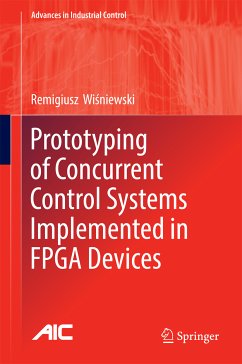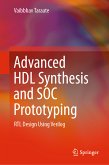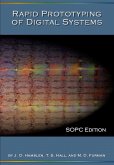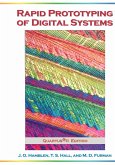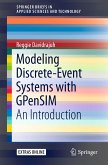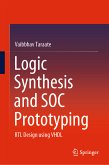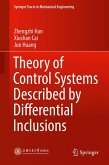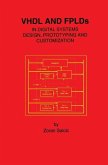The book shows that, apart from the traditional option of static configuration of the entire system, the latest programmable devices (especially FPGAs) offer far more sophistication. Partial reconfiguration allows selected parts of the system to be replaced without having to reprogram the entire structure of the device. Approaches to dynamic and static partial reconfiguration of concurrent control systems are presented and described in detail.<
The theoretical work is illustrated by examples drawn from various applications, with a milling machine and a traffic-light controller highlighted as representative interpreted Petri nets.
Given the ubiquity of concurrent control systems in a huge variety of technological areas including transportation, medicine, artificial intelligence, manufacturing, security and safety and planetary exploration, the innovative software and hardware design methods described here will be of considerable interest to control engineers and systems and circuits researchers in many areas of industry and academia.
Dieser Download kann aus rechtlichen Gründen nur mit Rechnungsadresse in A, B, BG, CY, CZ, D, DK, EW, E, FIN, F, GR, HR, H, IRL, I, LT, L, LR, M, NL, PL, P, R, S, SLO, SK ausgeliefert werden.

